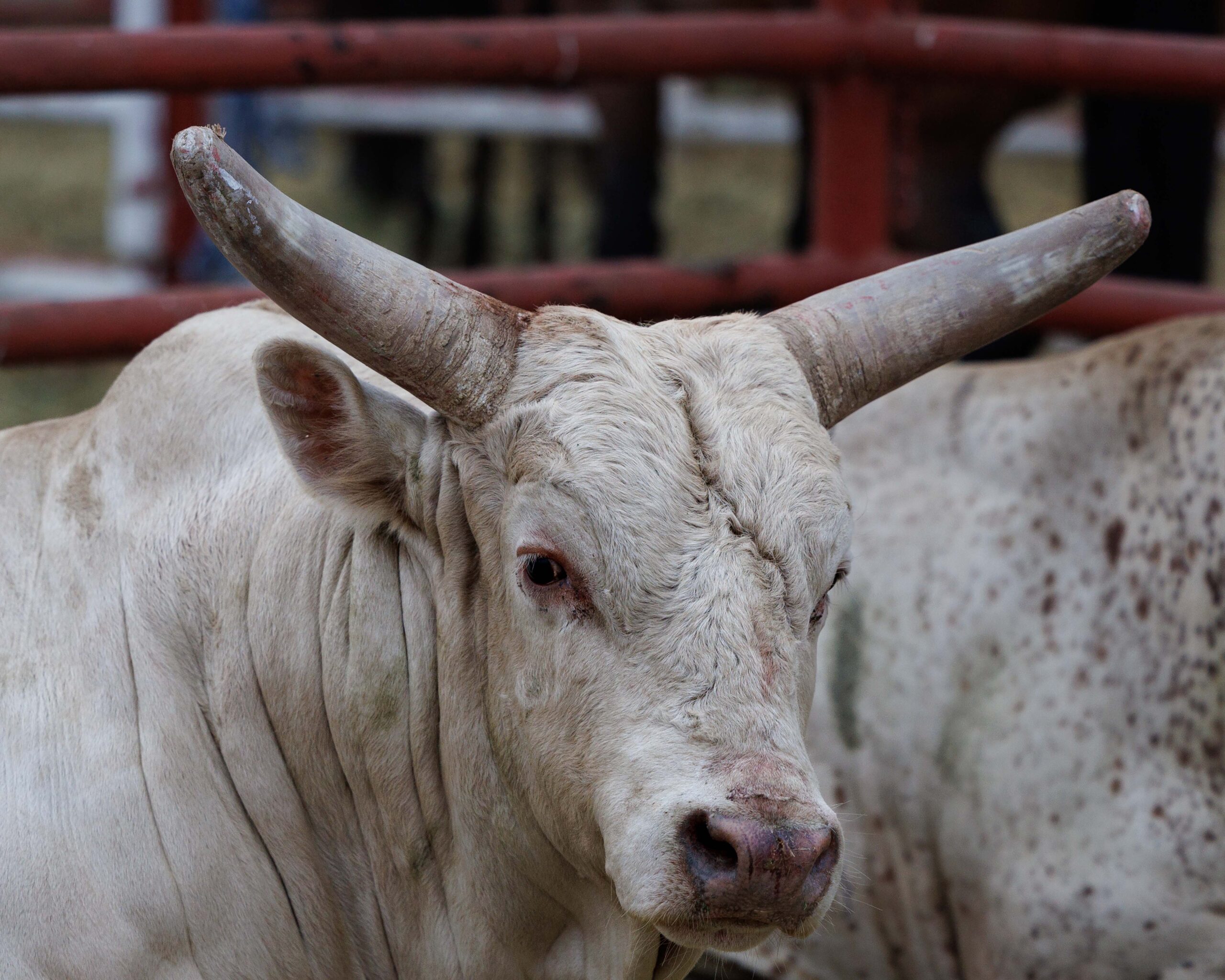| OPINION
By Andrea Valadez
The California Rodeo Salinas has a longstanding tradition of being a source of pride and entertainment for local residents. The success of the rodeo, however, can’t be discussed without highlighting the livestock that make the whole event possible.
By capitalizing off of these animals and using them as a means to entertain humans, an inevitable question is raised: Do rodeos exploit livestock?
“We believe that in the sport of rodeo, we have the right to interact with animals in competition. But with that right comes the responsibility for the proper care of the livestock, and that’s a responsibility that we take very seriously,” said Tim Baker, livestock welfare chairman for California Rodeo Salinas.
“There are numerous veterinarians, veterinary technicians and other volunteers at all times during any performance or slack. They make sure that if there is any livestock injury, the stock is provided the proper care … and they also have an obligation under California law to report any injuries that require veterinarian treatment at our rodeo to the California Vet Medical Board,” he said.
The PRCA has 70 rules in place to ensure proper treatment of stock. According to the rules, all spurs must be dull, and judges are to inspect each animal before competing and only allow those that are healthy to participate.
"We believe that in the sport of rodeo, we have the right to interact with animals in competition. But with that right comes the responsibility for the proper care of the livestock, and that's a responsibility that we take very seriously." Tim Baker, livestock welfare chairman for California Rodeo Salinas
In an effort to keep itself accountable, the PRCA calls for annual welfare surveys conducted by rodeo veterinarians to check on the injury rates of participating livestock, as well as the effectiveness of the welfare measures that the PRCA has in place.
Tie-down roping, which consists of a cowboy roping a calf and holding it down while attempting to tie three of its legs together, has received backlash for its aggressive nature. When watching the event, it’s easy to assume that the calf is agitated or stressed during the process.
“We spend a lot of time with the stock for the tie-down roping event preparing them, or as I like to refer to it, habituating them … outside of the competition. They’re tied in a lower-stress situation to get them used to (the event) when it comes to performing in our arena,” said Baker.
“Studies have shown that the stress response associated with habituated stock and performing in that event is much lower than the utilization of fresh or unprepared stock,” he said.
"We don't agree that many of the current California Rodeo Salinas events are humane and we believe that they do pose a risk to the safety and well-being of animals. (However,) they are currently considered legal by the state of California." Beth Brookhouser, vice president of communications for SPCA Monterey County
Even with all of the measures that are in place to keep stock healthy before and after each event, the question still remains — is it morally correct to use animals as a means of entertainment?
“We don’t agree that many of the current California Rodeo Salinas events are humane and we believe that they do pose a risk to the safety and well-being of animals. (However,) they are currently considered legal by the state of California,” said Beth Brookhouser, vice president of communications for SPCA Monterey County.
SPCA Monterey County is completely funded through donations, and protects all kinds of animals in Monterey County as well as educating the public about the humane treatment of animals.
The rodeo does work hand in hand with SPCA Monterey County, as “(It) gives our officers full access to the events and to all the staging areas. So we have all access during the rodeo, and this is something that the rodeo offers to us, it’s not something that’s required by law,” said Brookhouser.
“SPCA Monterey County humane officers maintain a presence throughout the days-long rodeo to ensure that participants stay within the legal guidelines, and that all the animals are treated for injuries if necessary,” she said.
While there haven’t been any major reports of injuries recently, “many years ago, the rodeo had an event called the WildHorse Race which is not a sanctioned event and … it caused a lot of injuries and death. We worked hard with the rodeo and got them to cancel that event,” said Brookhouser.
“(The rodeo) is a very hard time for our officers every year because in addition to the rodeo being in town, we’re still receiving the same number of cruelty and neglect calls from throughout Monterey County. Last year (we responded to) over 850 cruelty complaints in Monterey County. So it is a hardship for our officers to be there, but it’s also something that we consider very important. (We) try to do what we can to help the animals that are at the rodeo,” she said.
The Western traditions and values that have kept the Rodeo Salinas running for the past century run deep. Those who support the sport of rodeo adamantly believe in the importance of protecting “Western Heritage,” and that’s their right. However, it is a shame that these livestock will never know what it’s like to roam free and live naturally on their own.
Enlarge

Have something to say about this story? Send us a letter.